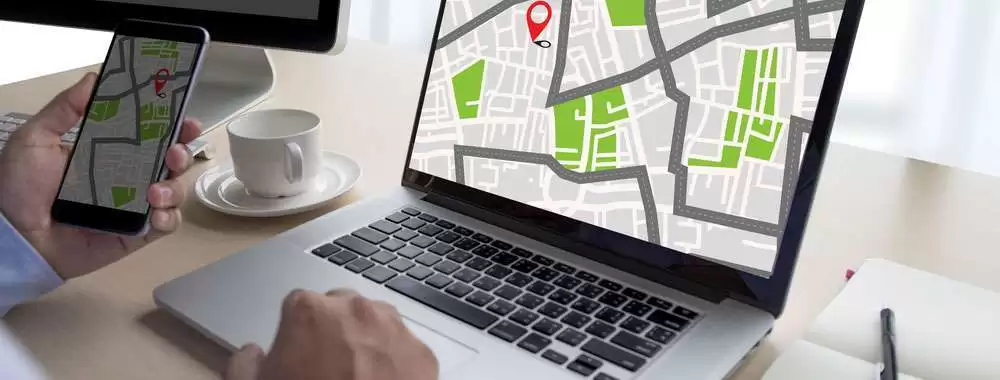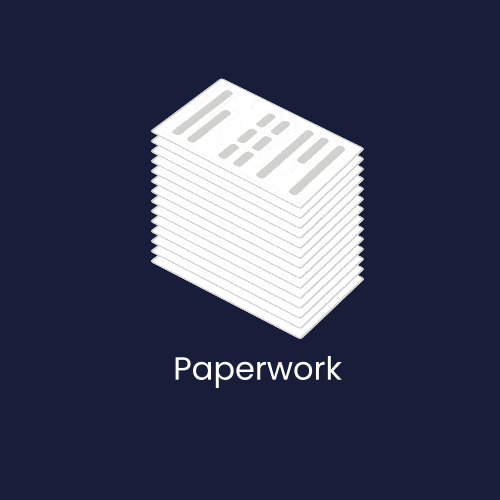Elevate the Route Optimization Process with Digital Solutions

Transportation companies stake their reputation, and profitability, on accurately and quickly delivering goods to customers while incurring the least amount of cost. Route optimization helps them achieve these goals by increasing efficiency and productivity. Over time, the process has evolved from a purely static activity, where companies delivered to the same businesses on the same size truck using a predefined schedule, to one that requires a more dynamic approach and accounts for deliveries that change from day-to-day. Today, e-commerce and online shopping have further increased the complexities, demanding route changes as new orders are received and requiring a more diversified fleet to deliver a wider range of goods.
Real-Time Dynamic Routing is a Game Changer
Most companies use a combination of static and dynamic routing and follow two basic steps. The first is generating a schedule for the future, which includes variables such as date, time, and place of deliveries, as well as vehicle and driver intelligence. The second is adjusting plans as things change in the field by looking at traffic, construction, weather, and other considerations. All of this information can be compiled into a vehicle routing and scheduling (VRS) software program that helps companies more accurately, efficiently, and cost-effectively manage transportation and deliveries.
Real-time dynamic routing takes this one step further by providing up-to-the-second visibility into the entire process, allowing dispatchers and drivers to make quick routing decisions to optimize the schedule when the unexpected occurs. For example, a dispatcher might see that a driver is running late due to a customer issue and, in real time, identify another driver with the right truck capacity to pick-up and deliver the order instead.
Software Configuration is Critical for Success
Route optimization is not a one-size-fits-all solution. It means different things to different companies depending on the type of business, customer base, employee makeup, and operating environment. A grocery delivery service in an urban environment may need to generate routes that meet the promised two-hour turnaround while an office supplies delivery service that has the flexibility to drop goods between 9 to 5 may prioritize generating routes that minimize miles.
Before implementing any software solution, transportation companies need to conduct a thorough analysis of their unique routing conditions by asking specific questions such as:
What are the different types of businesses we serve?
● What are the specific requirements or demands we must meet for each customer?
● What is the make-up and condition of our fleet?
● What is the capacity of each vehicle?
● What are the operating conditions, including weather, road conditions, traffic, etc.?
● What are the capabilities and availability of our drivers?
Companies also need to take under consideration both the delivery objectives – is it to minimize driving time, maximize profit or improve customer service – and delivery constraints such as congestion, vehicle limitations, driver skill levels, etc.
Trusting the System Takes Time and Effort
For dispatchers and drivers, institutional knowledge is deeply ingrained and hard to turn off. While they may know the city inside and out and can manually create a schedule on the fly, they often focus more on the objective by thinking “yes, we can slide in one more delivery.” But VRS software considers both the objective and the constraints. If the delivery is going to be even one minute off, the system could reject the additional delivery, which can be counter-intuitive to the dispatcher and driver, leading to distrust of the system.
It is important to understand that if used to full capacity, VRS systems can capture this tribal knowledge and compare it to actual results. For instance, based on past experience a dispatcher may plan for a drop off to take five minutes. However, during the execution of the plan the driver must take extra time to locate the delivery door. This actual experience and instructions for addressing it can be fed into the software for future use. The results will not only improve the drop off experience for that particular location but can also be applied to other businesses that may have similar situations. This planning/execution feedback loop provides a full life-cycle solution that becomes more valuable over time.
Driver Shortages and Supply Chain Bottlenecks?
The festering problem has now made it to mainstream conversation. The input costs have gone up over the last few months and do not seem to abate any time soon.
- Driver Shortage
- Driver Pay increases
- Fuel Cost increase
- More stuff to haul
A digital VRS solution that fits your business can mitigate the clear and present challenge. Most customers have begun to even expect an express service at a higher cost. The standard static routes built with institutional knowledge cannot handle this variability efficiently. Yes, there is revenue to be made with a digital switch.
The Long-Term Business Benefits of Route Optimization
In order to survive in a competitive marketplace, transportation companies must meet customer expectations of accurate and on-time deliveries. A full picture that includes static, dynamic, and real-time dynamic routing helps achieve these goals while also providing other long-term business benefits by:
● Minimizing driving distance for gas vehicles in order to lower fuel costs and address environmental concerns
● Increasing electric vehicle usage by allowing dispatchers to model routes and compare them to the fixed vehicle charging range to eliminate guesswork
● Tackling the driver shortage problem by reducing the number of stops and therefore lowering headcount
● Creating fair route plans that provide a balanced number of hours, ultimately helping build driver morale and increase retention
● Improving driver safety by assessing road, traffic, and other conditions that lead to accidents.
Achieving true route optimization in a digital world requires the type of system that can examine pre-determined activities, predict what might occur based on past experience and respond to unpredictable events in real time. Adjusting to a new way of planning and executing deliveries may take time but if done properly transportation companies will find it to be a differentiator that elevates them above the competition.

